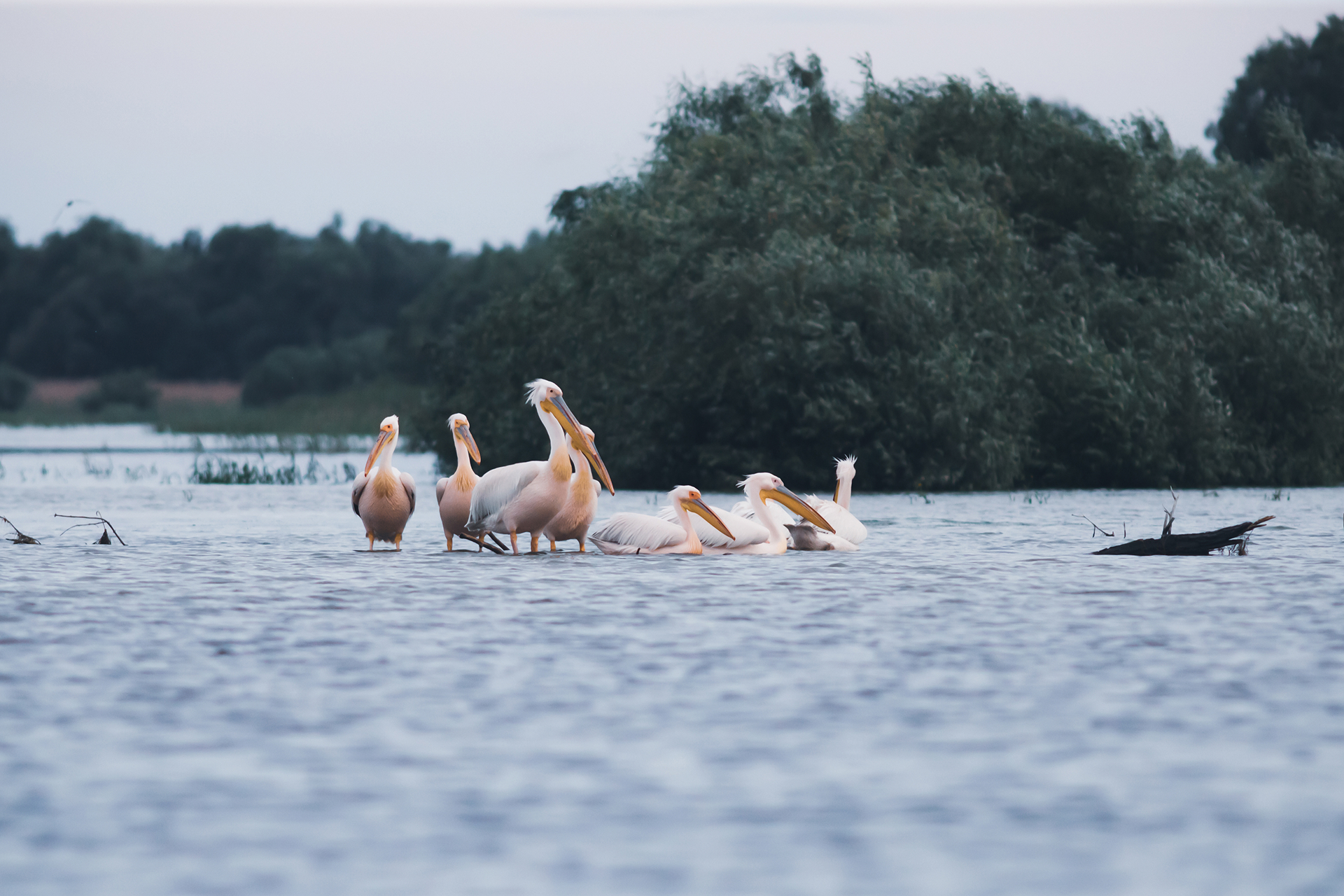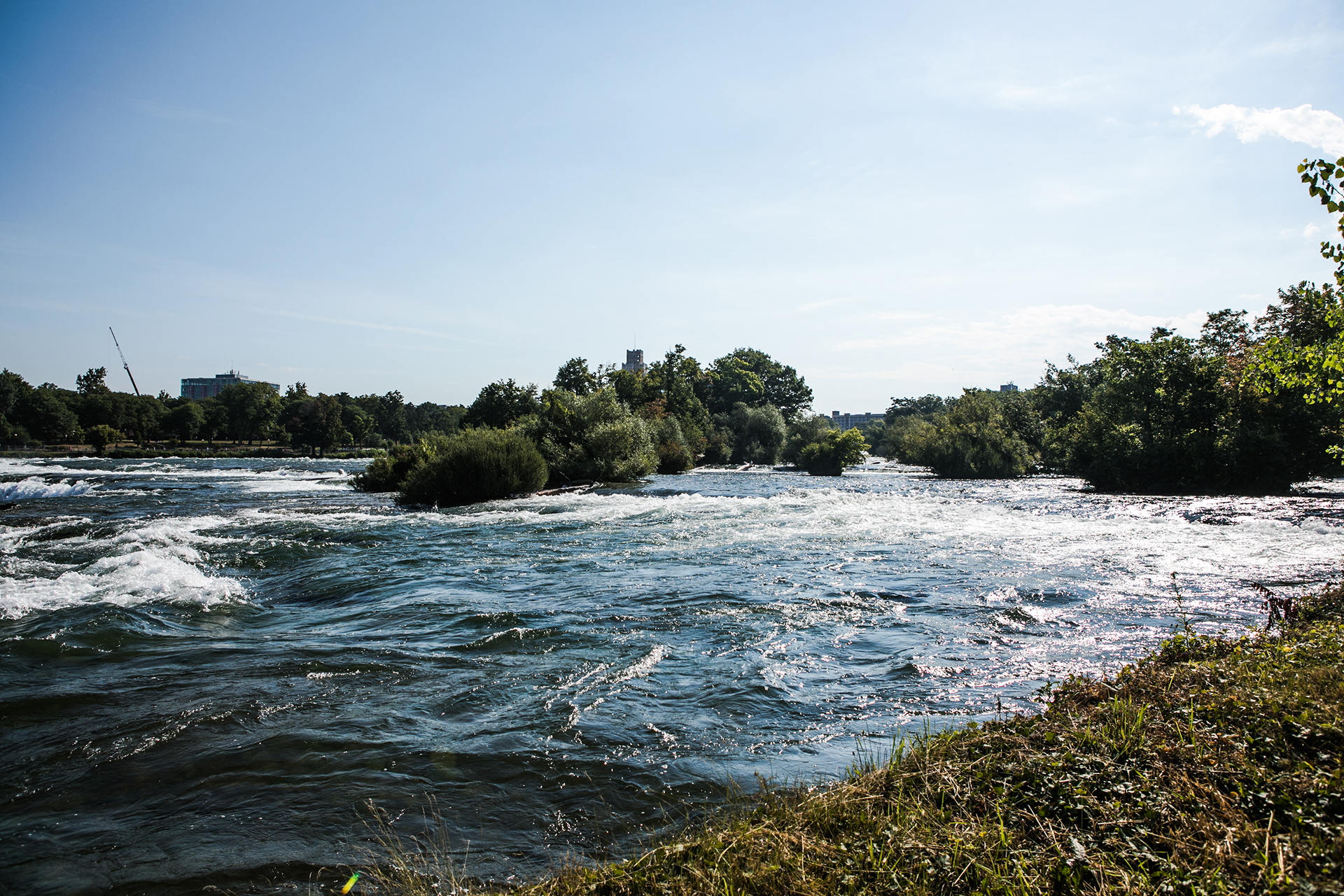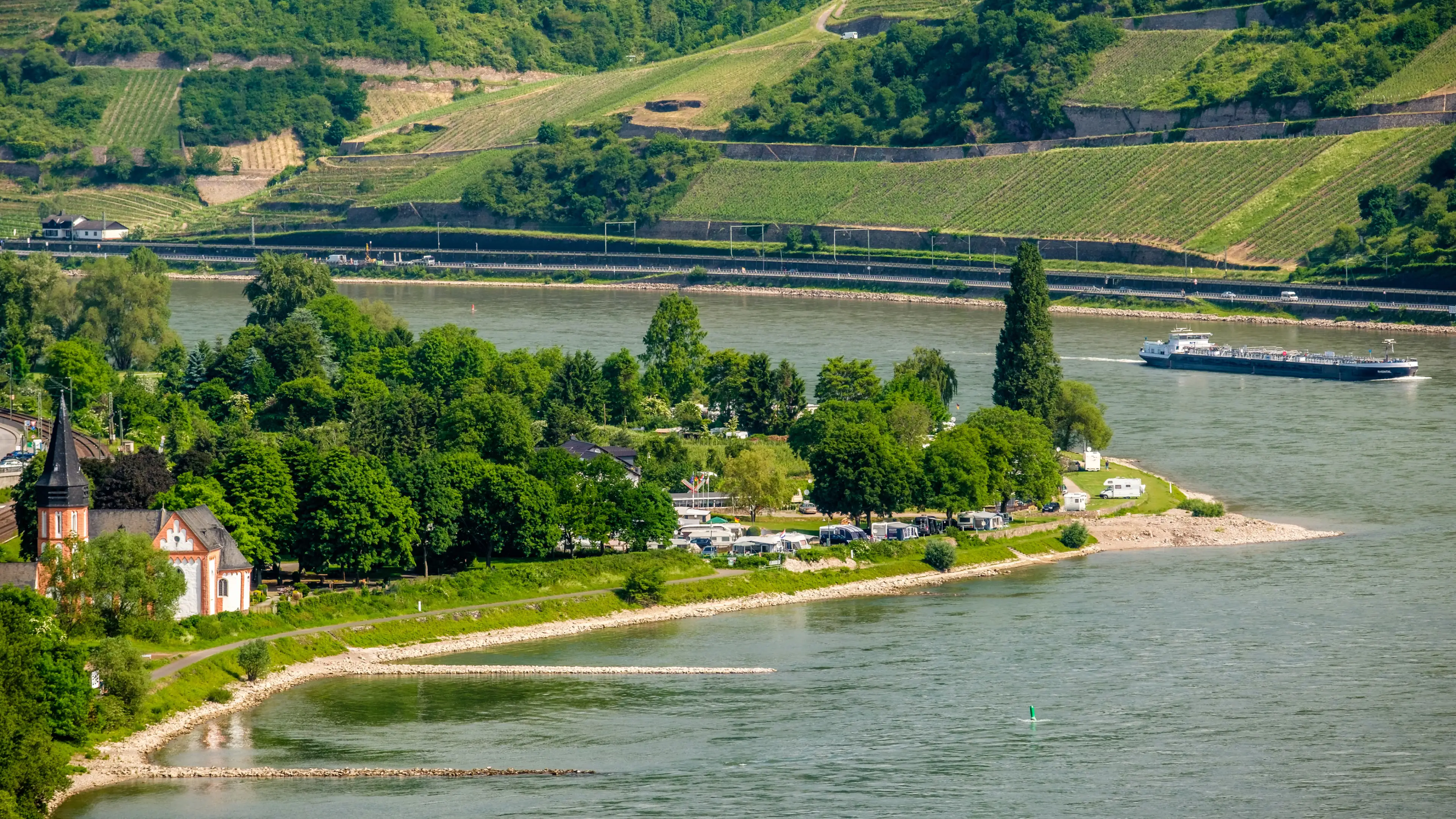The Challenge

Global water systems are under unprecedented stress due to rising demands from agriculture, energy, and urban development, compounded by climate change and poor water governance. Water withdrawals have surged sixfold over the last century—nearly double the pace of population growth—leading to shrinking water reserves, degraded ecosystems, and increasing conflicts over water use.
Climate change intensifies these problems by triggering more frequent and severe droughts, floods, and disruptions in water quality and availability. Existing models and policies often fail to address the full complexity of water systems, overlooking essential ecological, social, and economic interconnections.
The SOS-Water project addresses this urgent challenge by developing a groundbreaking framework to define a Safe Operating Space (SOS) for water. This holistic approach integrates cutting-edge models, Earth observations, and stakeholder input to guide sustainable and resilient water management across regions. It moves beyond fragmented assessments to support policy and planning that balance human needs, ecosystem protection, and climate resilience.

Methodology & conceptual framework

To achieve its objective, SOS-Water builds on a dual-track research approach—two complementary “rails” —linked through essential connecting “steps” to create a fully integrated and participatory water system Safe Operating Space (SOS) framework.
The Two Rails: Science and Stakeholders
The foundation of the SOS-Water methodology is built on two core components:
- An Integrated Water Modelling System (IWMS): advanced scientific models that simulate the full water cycle, water use, ecosystem needs, and socio-economic demands at high spatial resolution.
- An Inclusive Participatory Process: deep engagement with local stakeholders to co-develop water values, scenarios, and management pathways tailored to specific regional challenges.
These two rails are designed to run in parallel and incoordination, ensuring that scientific advancements are not only technically robust but also locally relevant and implementable.
The Two Connecting Steps: Earth Observation andIndicators
To climb the “ladder” toward a holistic SOS framework, SOS-Water connects its two rails through:
- Earth Observation (EO): collecting, integrating, and interpreting satellite and in-situ data to monitor water quantity, quality, and ecosystem conditions.
- Indicators and Thresholds: developing a unified set of multi-dimensional indicators—covering environmental, social, and economic aspects—that define the boundaries of a safe operating space for water systems.
From Framework to Action
- By linking participatory scenario building with state-of-the-art modelling and EO-based indicators, SOS-Water will design and assess the water system SOS in five diverse case studies across Europe and the Mekong region. This iterative and scalable framework will serve as a blueprint for sustainable, inclusive, and resilient water management in river basins worldwide.

Project Outputs

The SOS-Water project will deliver a set of practical and scientific outputs that support better decision-making for sustainable water management at local, regional, and continental scales.
An Operational Water System SOS Framework
A holistic assessment framework that defines the Safe Operating Space (SOS) for water systems, integrating water quantity, quality, ecosystem needs, and human demands. The framework will be:
- Actionable – applicable in real-world planning and management
- Scalable – from local river basins to continental levels
- Transferable – adaptable to diverse climatic, social, and ecological contexts
Integrated Water Modelling System (IWMS)
A new generation of advanced models that:
- Simulate hydrology, water use, biodiversity, and socio-economic impacts
- Operate at high spatial resolution (1 km)
- Provide insights into climate risks, water scarcity, droughts, and floods
Participatory Scenarios and Management Pathways
Co-developed with local stakeholders in five case studies, these outputs include:
- Water values and priorities identified by communities
- Scenario narratives reflecting local visions and global challenges
- Management pathways tailored to basin-specific needs
A Hierarchical System of Indicators andMeta-Indicators
A scientifically validated set of water indicators to:
- Measure the status and performance of water systems
- Define thresholds and risks under various scenarios
- Enable multi-objective decision-making
Earth Observation Data Inventory and Tools
An extensive catalogue of EO datasets and tools that:
- Enhance monitoring of water availability, quality, and ecosystem health
- Improve the calibration and validation of water models
- Support early-warning and risk detection at multiple scales
Open-Source Data, Models, and Guidance
All models, tools, and datasets developed will follow open science and FAIR principles (Findable, Accessible, Interoperable,Reusable)
- Guidelines to replicate and scale the framework to new regions
- Educational and visual materials for wider public and stakeholder use

The Impact

The water system SOS assessment framework that will be developed by SOS-Water will contribute to advancing the water science by downscaling and operationalising the concept of global freshwater SOS and making it relevant and informative at the regional and local scales at which water is managed. Moreover, the framework will be able to inform the design of water management pathways to address the ongoing and imminent water challenges, that maximise both the socio-economic and ecological value of water and are endorsed by stakeholders.
The water system SOS assessment framework will be implemented within five different case study regions based on an inclusive and iterative stakeholder process to enforce direct outcomes and foster long-term impact. However, SOS-Water pursues to provide guidelines and principles to enable its application elsewhere to ensure uptake outside SOS-Water and legacy beyond the project duration.
On a wider scale, the full adoption of the water system SOS assessment framework within the EU, regional and basin level policymaking will significantly contribute to inform the involved communities, companies, and decision-makers about the role of the holistic management of water resources within the climate change debate, planning for future infrastructure and the societal benefits of acting now rather than later.
The SOS-Water project will transform how water is managed across Europe and beyond by delivering an operationally-ready framework for defining and monitoring a Safe Operating Space (SOS) for entire water systems. This innovative approach ensures that water planning becomes:
- Scientifically grounded – based on integrated models linking water quantity, quality, biodiversity, and socio-economic demands.
- Locally actionable – tailored to regional and river basin realities, tested in five diverse case studies (in Europe and the Mekong region).
- Stakeholder-driven – co-developed with policymakers, water managers, communities, farmers, industry, and environmental groups.
By bridging science, policy, and practice, SOS-Water empowers decision-makers to:
- Anticipate and reduce water risks under climate change.
- Design resilient, fair, and sustainable water management pathways.
- Balance competing demands (e.g. drinking water, agriculture, hydropower, ecosystems) without breaching environmental limits.
Ultimately, SOS-Water supports the achievement of the EU Green Deal, the Water Framework Directive, and Sustainable Development Goals, providing tools and knowledge that can be replicated in any river basin worldwide.

Interactive Tools & Open Data for the Public & Experts

Water is a shared resource that affects ecosystems, economies, and communities alike. To make our research accessible, actionable, and impactful, the SOS-WaterProject has developed a range of interactive tools and open-access datasets for scientists, policymakers, industries, and the general public. These resources empower users to monitor water conditions in real time, explore future scenarios, and apply scientific insights to decision-making. By promoting open science and transparency, we ensure that the knowledge generated through SOS-Water is widely available and actively used to improve water security worldwide.
Interactive Dashboards for Water Monitoring
One of the key technological products of SOS-Water is the development of interactive dashboards that allow users to visualise, analyse, and interpret complex water-related data. These user-friendly platforms provide information on key factors such as:
- Water availability and scarcity across different regions.
- Water quality indicators, including pollutants, salinity levels, and emerging contaminants.
- Climate risks, such as flooding, drought cycles, and extreme weather events.
- Policy impact assessments, illustrating how different water management strategies can shape future sustainability.
These dashboards also enable scenario simulations that predict how water systems will evolve under different climate, economic, and policy conditions. This is particularly useful for decision-makers, who can use these tools to test the effectiveness of water conservation policies, infrastructure investments, and emergency response strategies.




